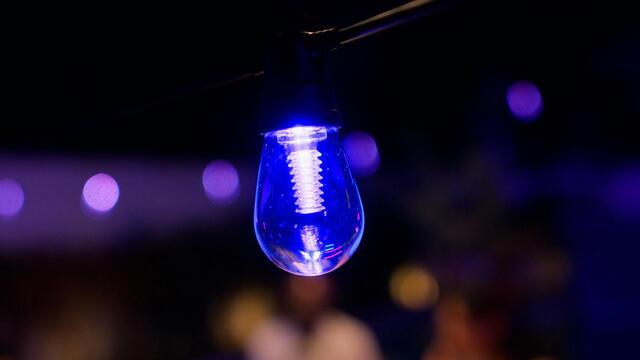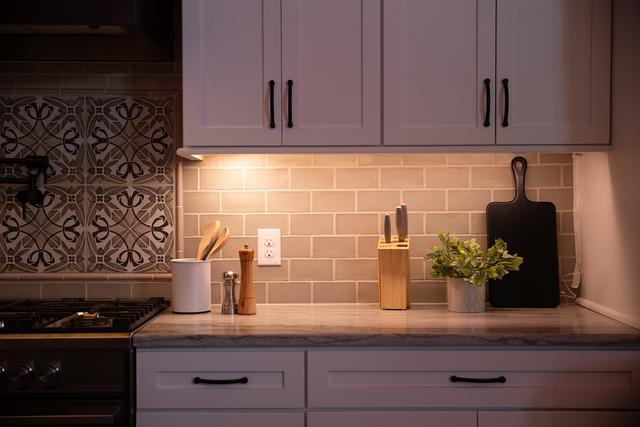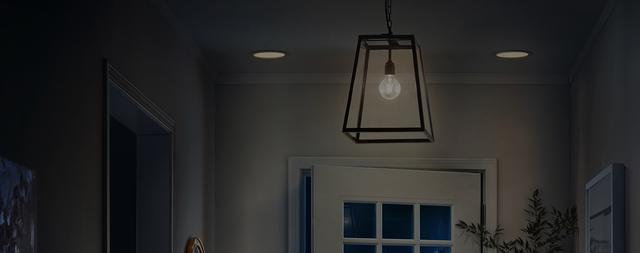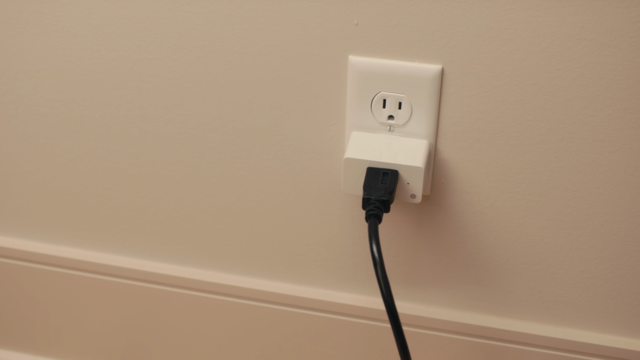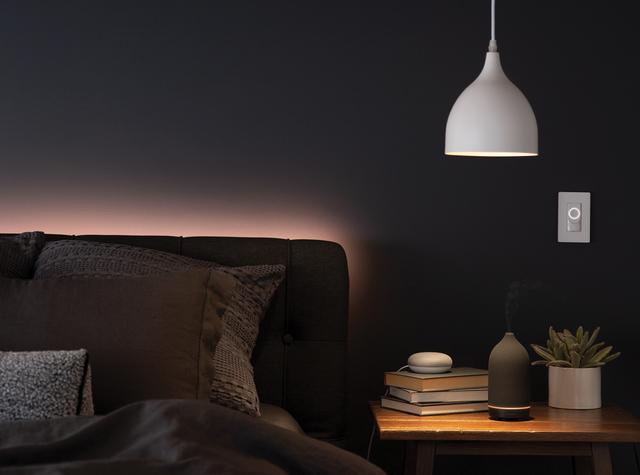There are so many lighting options out there, and it can be easy to feel overwhelmed. But have no fear: our lighting experts are here to help.
Today we’re discussing the differences between Wafer (also known as “Canless”) lights, and the more traditional Can lights. We have both options for sale, so no matter which one you’re drawn to, you’ll know that it comes from the name you trust for all your lighting needs.
Ready? Let’s get into it!
What are Wafer Lights?
Wafer lights are a type of lighting fixture characterized by their ultra-thin design, coming in a thin housing as a single unit with LED lights attached. These lights are typically used for recessed lighting applications. You can connect Wafer lights to electrical wires directly. Because of the way they are connected to your wiring, they do not require an electrical box.
Wafer lights use a built-in, energy-efficient LED light, so when they stop working, you must replace the whole fixture. However, these lights do not burn out and leave you in the dark all of a sudden — the LEDs dim slowly over time. And since they’re rated to last 50,000 hours, or for 45 years based on 3 hours a day usage, you won’t have to worry about that anytime soon!
How to Install Wafer Lighting
While there are no standard installation rules for Wafers, the single unit design means there are no Cans to install before the ceiling drywall goes in, making it super easy to install. (Bonus point: That also means no heat or energy can escape!)
Most Canless lights can be installed in areas that have small plenum height and where Cans can’t be mounted. And thanks to their sleek, seamless look, they’ve become increasingly popular in the luxury home category.
Benefits of Wafer Lights
Wafer lights are generally less expensive and easier to install, and they can be mounted whether the ceiling is exposed or if the drywall is in. They are designed to be durable and energy efficient, and can be used anywhere in your home for a clean, modern style.
Plus, with LED Wafer lights, you can quickly switch up your style and set the mood in your space. These smart lights are easy to control and offer millions of color options.
What are Can Lights?
Can lights, also known as recessed or downlights, are lights that are fitted in the opening of a ceiling. The name “can lights” comes from where the lights are placed – in a cylindrical metal, can-like structure. Can or recessed lights are designed to lie flush with the surface, and their shape helps protect the bulb against elements, with electrical wiring concealed. In can lights, you may use regular light bulbs instead of LEDs, which means these fixtures are more versatile. (We recommend pairing them with BR30 bulbs for 4” fixtures, or BR40s for 6” fixtures.) But that same element also reduces their brightness and makes them less energy efficient.
How to Install Can Lighting
The entirety of Can lights can be placed into your ceiling by following a standard yet slightly complicated procedure that includes checking the area in which they’re being installed and mounted using the ceiling joists. This is easier to do when the drywall hasn’t been placed yet—for this reason, Can lights are more popular in new builds.
They’re also ideal for low ceilings because they’ll easily blend in.
Benefits of Can Lights
Can or recessed lights come with various benefits. One that will really stick out to busy homeowners is that you only need to replace Can light bulbs when they burn out, as opposed to re-installing the entire fixture. If personalization is important to you, you’ll also find that Can lights have more trim options.
As you can see, there’s a lot to consider when it comes to your lighting. Since it’s something you’ll be using every day, we encourage you to consider your lifestyle and what you’re willing to invest in maintaining your home’s atmosphere. The great news is that when it comes to deciding between these two fixture styles, you really can’t go wrong. They both have their pros and cons, but they’ll add a lovely finishing touch to any room regardless.
If you still have questions or want even more help, reach out to us on social media (@GELighting)! Our knowledgeable experts are always happy to assist you in building the home of your dreams.

